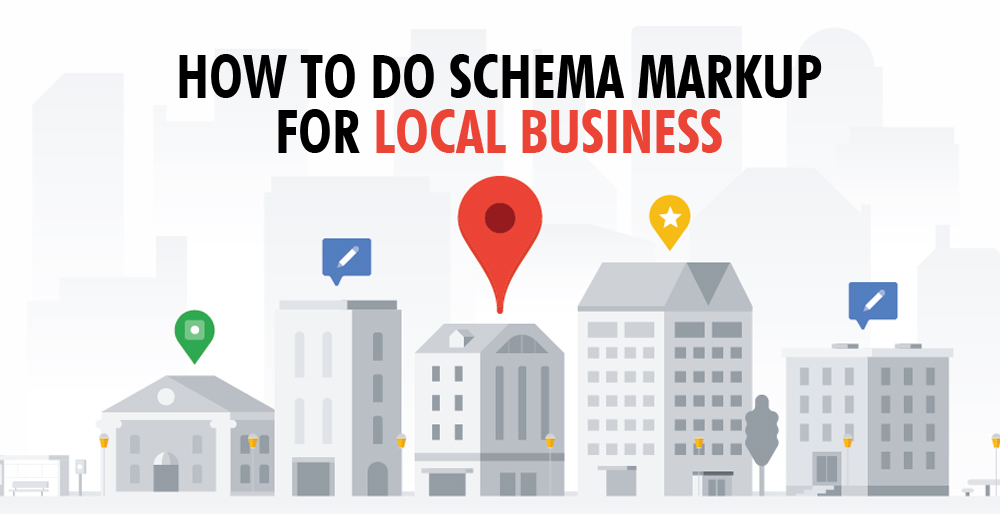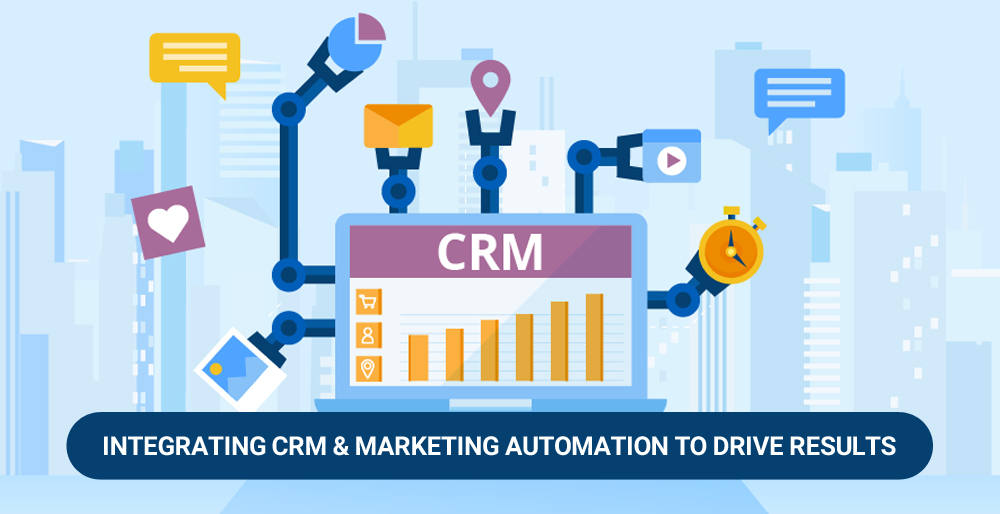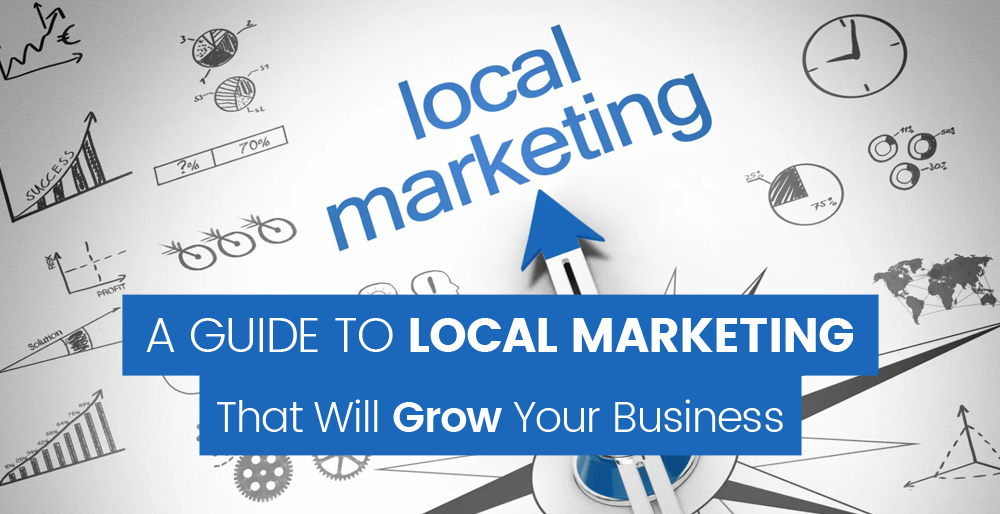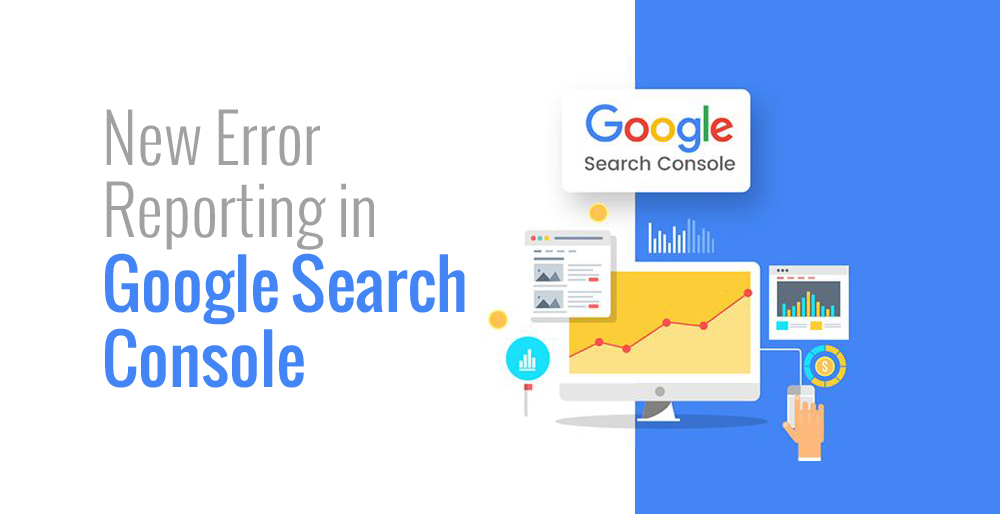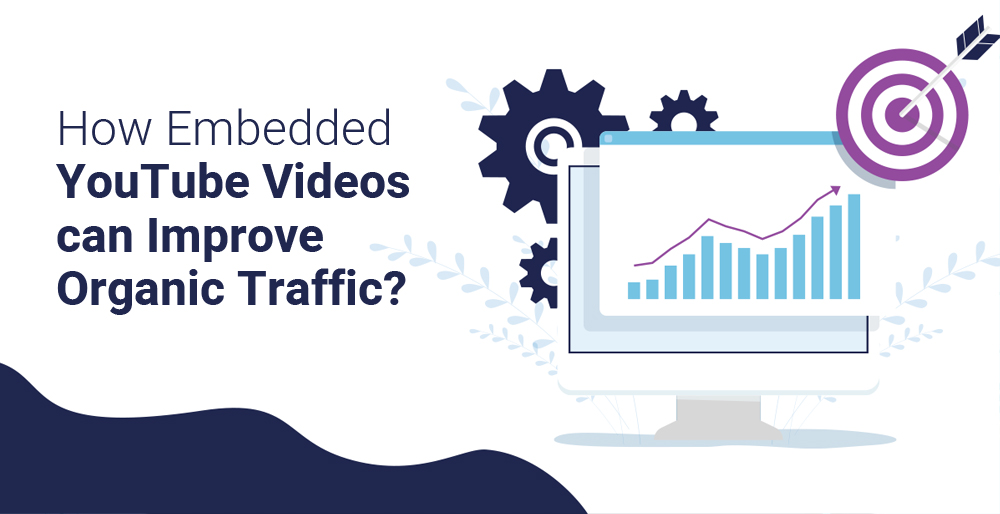How To Do Schema Markup For Local Business
How To Add Local Business Schema Markup via Google Tag Manager (GTM)
By adding Google Tag Manager to your site, you can significantly improve your adding local SEO visibility. You’ll get an introduction to JSON-LD notation, which we’ll use to create a business map and store key information about your business. Once you have it added, you will use GTM’s Custom HTML Tag to display it on your contact page.
Finally, you’ll use Google’s Structured Data Testing Tool to verify Google can see the GTM Tag on your contact page. Don’t worry if this sounds technical and complicated; it’s a quick win and easy to do. Your business information can be read and displayed in local search results by search engines if you use adding local Business Schema. Increasing your search engine results pages (SERPs) click-through rate can result in more inquiries. With GTM, the project can be delivered more quickly and developer requirements can be greatly reduced.
Schema Markup: What is it?
Machine-readable information can be added to your content with schema markup. A search engine uses it to understand your content in detail. Using schema markup, search engines can see information that has been ‘noted’ into HTML markup.
Your page can be added to this data using the following methods:
- Formats for microdata
- Microdata
- RDFa
- JSON-LD
A sample review for ‘Rogue One’ can be found here:
On the page, you can see the HTML source code with schema markup as follows:
Local Business Schema Markup follows the same principles as Reviews.
Local Business Schema app: What is it?

Schema app such as Local Business are used to tell machines details about types of businesses. Name, type, address, reviews, logo, image, opening hours, prices, and physical location of business:
JSON-LD: what is it?
It was designed to simplify the creation of machine-readable data by making it easier to use JSON-LD. In addition to JavaScript, it is compatible with a wide range of programming languages. The Python, PHP, and Ruby programming languages. There are three Java, C#, and Go programming languages.
JSON-LD is popular among developers because it is simple to use. A person’s JSON-LD markup looks like this:
- Step 1. Review your Google Search Console Schema Markup
- Review your site’s current implementation before you start using JSON-LD. Switching from another schema markup method to JSON-LD is not recommended.
- Taking action
- Ensure your contact page(s) have Schema markup by examining the ‘Structured Data‘ markup report in your Google Search Console.
- Use the same format for Local Business Schema if you are using another type of markup.
- Step 2: Select a generator for JSON-LD
- In order to get started, you’ll need to create your JSON-LD code for your local business. JSON-LD scripts can be quickly built using the following online resources:
- Step 3: enter your information in the JSON-LD generator
- The first step is to enter your information into the JSON-LD Generator. The following example illustrates that Schema app provides a lot more options if you want more granularity, but requires a steeper learning curve because it offers many markup options.
- Select a schema type
- In the form list box, we’ve selected ‘Local Business‘. Right after clicking out of the list field, the JSON-LD should automatically populate.
- Add your business type
- We used ‘Professional Service’ as our business type.
- Add the name of your business
- Please add the name of your business. E.g. ‘iMetaDex’.
- Add the URL to your website
- Include your site’s URL.
- Add Your ‘Same As’ Online URLs
- If your business has alternate URLs, please include them. It would be helpful if you added listings from Yelp and other relevant business directories as well. Adding URLs is as simple as clicking ‘Same As’.
- Add Your Logo
- A public-accessible URL for your logo, preferably on your website, is recommended. A minimum of 160×90 pixels and a maximum of 1920×1080 pixels. Ensure it will work if cropped square, otherwise Google might not accept it.
- Add Your Image
- Choose an image that shows your business location, such as the exterior of your building or the interior of your office, and add the URL.
- Add Your Description
- The description is based on the meta description tag. Describe your business and the products and services you offer in a short knowledge graph.
- Add Your Address
- Fill out each field with your business’s physical address. Creating contact pages for each location and creating JSON-LD scripts for each one will be necessary if you have multiple physical locations. GTM Tags and GTM triggers will also be required for each. We’ll talk about that later.
- Add Your Geo Coordinates
- Your Google Map listing URL contains your latitude and longitude data:
- Form fields for JSON-LD should include these.
- Add Your Map URL
- Click on the hamburger menu on the Google Maps window with your business listing:
- Select Share or Embed Map:
- Then click the ‘Short URL’ button
- Fill out the JSON-LD field with the Short URL:
- Add Your Business opening hours
- Check-boxes for days you are closed should be left unticked!
- Add Your Business Telephone Number
- You can now click out of the field. Congratulations, your JSON-LD script is ready to use. In Google Tag Manager, we’ll create our Custom HTML Tag based on the JSON-LD script.
- Step 4: Save Your JSON-LD Code
- The JSON-LD markup should be copied and pasted into notepad or another text editor and saved somewhere secure.
- Using this tool, I generated a JSON-LD that caused some problems. Errors cannot be ignored, warnings can. A structured data testing tool was used to check the code for errors. Three errors were found.
- According to the Google Structured Data Tool, the contact page was validated as follows:
- To find the cause of the errors, we had to research, experiment, and figure things out. We could write a mini-post about that alone! You can use this as your GTM base code template by rearranging your code according to the example below. The generator isn’t as elegant as the online generators, but it works just fine. Any data marked with a ‘#’ should be replaced with your own.
- This is the code block you should end up with:
- Google’s Structured Data Testing Tool will then be used to test it.
- The Structured Data Testing Tool from Google gives you a chance to test your local business JSON-LD code
- The JSON-LD review snippet you copied from notepad needs to be pasted into. Run the test by clicking RUN TEST:
- The report should be error-free. GSDTT complains that price Range has no value in our example. Adding or ignoring it is an optional setting.
- The price range is between 2000 and 12000 pounds,
- We Added the price to the code review snippet and retested it. This code was found to be error-free and warning-free. Those were the days.
- Step 5: Copy The URL Of Your Contact Page
- To add JSON-LD Schema to the GTM contact page URL, search for and copy it into notepad.
- Step 6: Open Google Search Console and navigate to your website Property:
- Open the Structured Data tab:
- Locate Current Local Business Markup
- Locate any existing markup for Local Businesses. The next step is to identify if you have any. To create structured data markup, we used the Data Highlighter Tool. Local Businesses are marked with a pen. The Data Highlighter Tool was used to add the following data:
- To view local businesses, click here:
- We’ve marked up our contact page as ‘Contact’ for our office location, and the Category is Us:
- Getting rid of inaccurate data is the first step.
- Remove Any Inaccurate Schema Markup Applied Using Data Highlighter
- Unpublished the Local Business Page after checking it. The status should change as follows:
- With the use of Google Tag Manager, we can add accurate information now that the inaccurate data has been cleared.
- Locate Current Local Business Markup
- Open the Structured Data tab:
- Step 7: Adding Local Business Schema / JSON-LD In Google Tag Manager Using a Custom HTML Tag
- Once your JSON-LD code validates in Google’s Structured Data Testing Tool, it’s time to set up GTM.
- Sign In To Google Tag Manager
- If you don’t have a Google Tag Manager account, please follow our guide on how to install it, then return here once you’re set up.
- Open Your GTM Container
- Open your GTM Container once you have signed into GTM:
- Click On Tags
- Click New
- Name Your Tag
- Choose Custom HTML Tag Type
- The ‘Tag Configuration’ window can be accessed by clicking anywhere in it:
- Custom HTML can be selected
- The tag type you selected is the right one. The JSON-LD you created in Step 2 now needs to be added to your business.
- Add Your Local Business JSON-LD Script To The Custom HTML Tag In GTM
- Copy and paste your JSON-LD script into the HTML field of your Tag Configuration window for your Custom HTML Tag:
- Click SAVE
- Configure Your Custom HTML GTM Trigger
- Select Triggered.
- Select the “+” sign.
- Choose Page View.
- The trigger’s name Such as the Contact Page JSON-LD regional Business
- Select “Some Page Views” from the radio buttons.
- From the selection list, choose “Page URL.”
- Choose “equals” from the drop-down menu.
- For your company listing, use the whole URL of your contact page, such as https://www.iMetadex.com/contact/.
- Select “Save”
- Your tag is now set and prepared for testing.
- When you’re back in the workspace view, click Preview to display your GTM custom HTML tag.
- The GTM Preview window should now be visible:
- Click on the contact page to get in touch. If your Custom HTML tag has fired on the page, you should be able to see it in the GTM preview pane at the bottom of your browser:
- Ensure that no key functionality has been broken on your site while preview mode is enabled.
- Step 8: Submit Your GTM Custom HTML Tag
- Click SUBMIT:
- Add some details about the changes you made, e.g. ‘Added JSON-LD local Business Schema to Contact Page.’
- Click PUBLISH. You are now injecting the JSON-LD script directly into your contact page. Once you press CONTINUE on the next screen, It’s live.
- Excellent, nearly there. We want to test Google can see your work. It’s time to test your JSON-LD local business Schema with Google’s Structured Data Testing Tool. Fire it up:
- https://search.google.com/structured-data/testing-tool
- Add your URL to Google’s Structured Data Testing Tool and click RUN TEST:
- Check everything is correct:
- One warning displays about price Range which as discussed earlier is optional and is nothing to worry about.
- Click SUBMIT:
- Step 9: Check Local Business JSON-LD Data in Google Search Console
- Google Search Console reports your data accurately in 48 hours after it is picked up by Google.
- You should see the following:
- The GTM Local Business Schema can be added in this manner. In the SERPs, it can result in more inquiries and higher click-through rates due to the increased brand visibility. It will save you money, time, and headaches if you use GTM instead of traditional methods!
- Feel free to share any suggestions you may have in the comments below.
What’s next?
There is no easy way to set and forget schema markup simply because it is constantly evolving. Furthermore, it is more than just a markup tool for your homepage. In addition to tips on managing existing markup, we’ll also give you some tips on how to take advantage of new opportunities.
1. Ensure that your Local Business schema is maintained
- Google’s documentation and content updates should be reflected in your schema markup.
- Recent updates to Google’s structured data page can be found on its “What’s new” page. Any changes will be kept in mind if you keep an eye on this.
- Google’s Webmasters Blog is another great resource. All the latest news will be sent directly to your inbox when you subscribe via email.
2. Adding schema markup to your local business

- Now that you’ve marked up your homepage, you’re wondering what to do next. I really appreciate your question!
- The following table summaries schema types you might wish to use on other common pages on your website. We’ve also included links to tutorials that further explain each of these.
Get in touch with us
- If The various types of locations and phone numbers connected to your contact page can be connected as Contact Points to your “Contact Us” on our web-page.
- You can associate the “main entity” property of the Contact Page data item with a sales line and technical support line, for example.
- Here is more information about this.
To learn more about iMetaDex™, click here.
MetaSense Marketing Management Inc.
866-875-META (6382)
support@metasensemarketing.com

